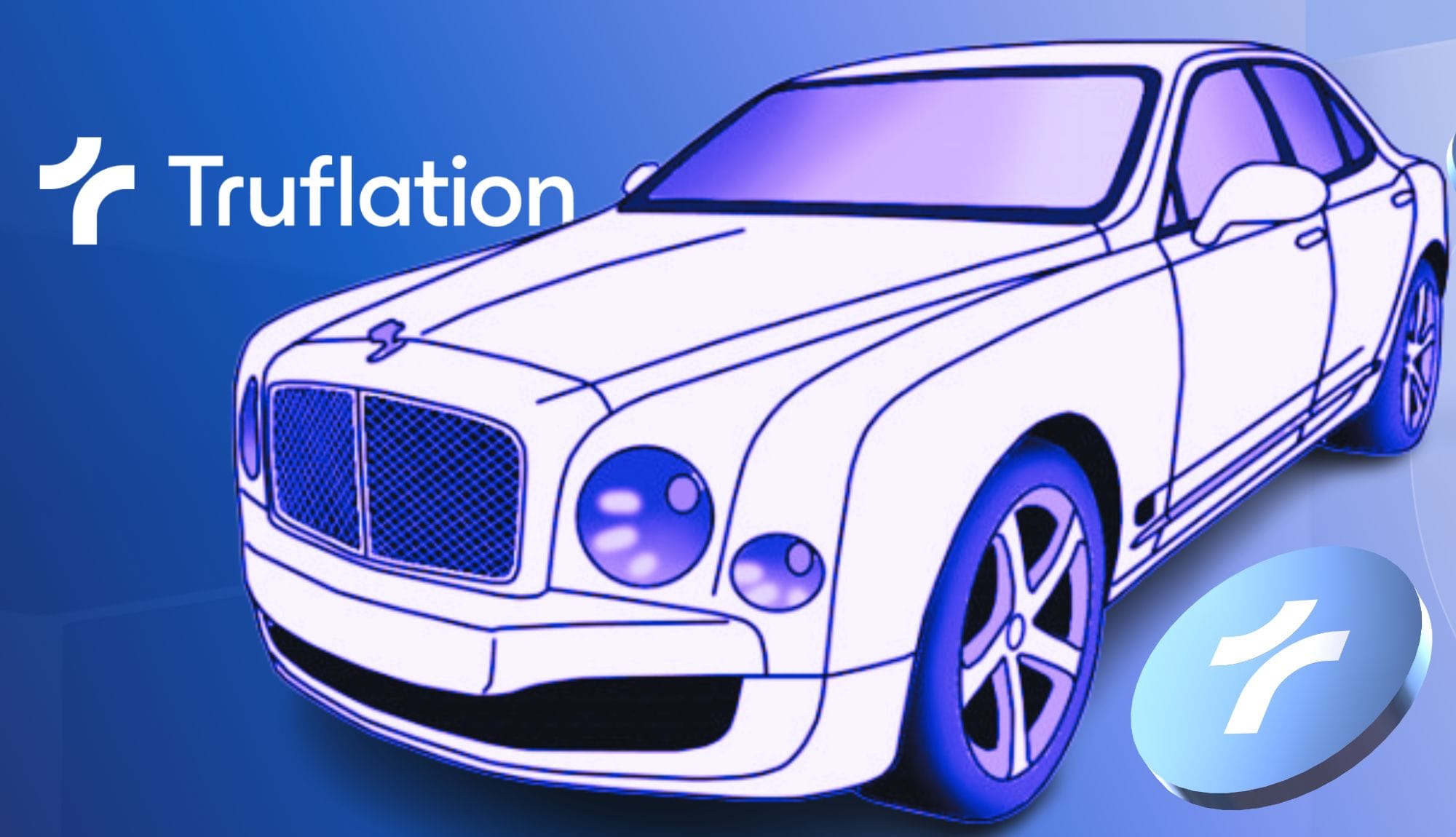Real World Assets: Unveiling Tangible Value in the Digital Age

Real world assets (RWAs) have emerged as pivotal players, bridging the gap between the tangible world and the digital realm. These assets represent tangible, physical assets with intrinsic value, grounding the digital financial ecosystem in the concrete realities of the physical world.
Defining Real World Assets
Real world assets encompass a diverse range of tangible assets, including real estate, commodities, infrastructure, and other physical properties. Unlike their digital counterparts, these assets have a physical existence and are integral components of the real economy. Their value is derived from their utility, scarcity, and demand in the physical world.
Categories of Real World Assets
- Real Estate: Perhaps the most recognizable category, real estate comprises residential, commercial, and industrial properties. Investments in real estate offer a tangible stake in physical spaces, making it a cornerstone for wealth preservation and growth.
- Commodities: Physical goods like gold, silver, oil, and agricultural products fall under the category of commodities. These assets have intrinsic value and serve as essential resources in various industries, providing investors with a direct link to global economic activities.
- Infrastructure: Investments in infrastructure, such as roads, bridges, and energy facilities, represent crucial components of a nation's development. Infrastructure assets provide stable, long-term returns and play a pivotal role in economic growth.
- Collectibles: Rare art, vintage cars, and other collectibles are also considered real world assets. These items hold value not only for their aesthetic appeal but also for their scarcity and historical significance.
The Rise of Tokenization
One of the transformative trends in the realm of real world assets is tokenization. This process involves representing ownership of physical assets digitally through blockchain technology. By converting ownership rights into digital tokens, investors gain the ability to buy, sell, and trade fractions of real world assets, unlocking new opportunities for liquidity and accessibility.
Benefits of Real World Assets
Intrinsic Value: RWAs derive their value from tangible, physical attributes, providing a fundamental basis for their worth.
- Diversification: Investing in real world assets offers diversification benefits, reducing overall portfolio risk by including assets with different risk-return profiles.
- Hedging Against Inflation: Tangible assets like real estate and commodities often act as hedges against inflation, preserving wealth in times of economic uncertainty.
- Stability and Income: Many real world assets, such as real estate and infrastructure, generate stable income streams through rents, leases, or other forms of usage.
Challenges and Considerations
While the tokenization of real world assets brings innovation, it also introduces challenges. Regulatory frameworks, technological infrastructure, and standardization are critical aspects that require careful consideration. Ensuring transparency, security, and legal compliance in the tokenization process is imperative for widespread adoption.
Real world assets stand as a testament to the symbiosis between the physical and digital realms of finance. As the world continues its digital transformation, the integration of real world assets into blockchain-based ecosystems opens new avenues for democratized investing, enhanced liquidity, and the creation of more inclusive financial systems. As these assets evolve, striking a balance between innovation and traditional financial principles will pave the way for a robust and dynamic future in the world of investments.

